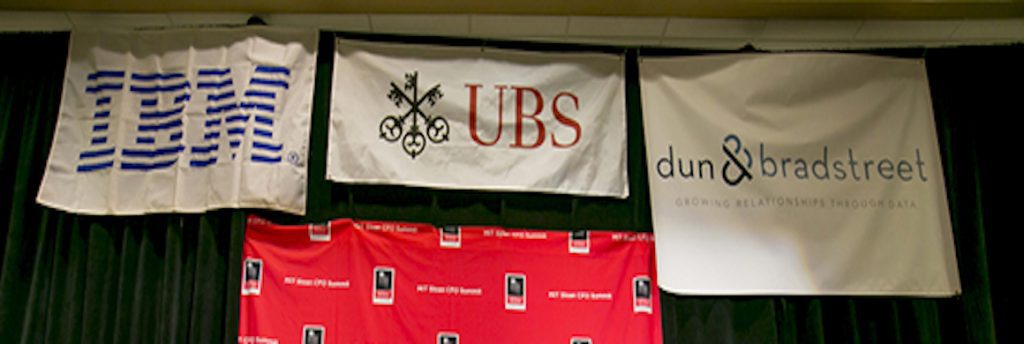MIT Sloan recently published an article by Kara Baskin who broke down five crucial lessons Redfin CFO Chris Nielsen, MBA ’96 and Blue Apron CFO Brad Dickerson shared at the MIT Sloan CFO Summit this past week on how to “balance creativity with a strong bottom line.”
1) Understand how to synthesize input. Dickerson explained that successful CFOs are defined by influence, not control. “The CFO is the connector. We pull people together and build processes that get people to the table. [Seeing] how everything comes together at the end in a financial statement gives us perspective.”
2) Keep an open mind. Nielsen said savvy CFOs shouldn’t shut down outlandish ideas too early. Instead they should figure out how to “provide the right framing, the right leash and the right opportunity to allow things to be proved out.”
3) Translate data into real-world solutions. Dickerson believes it’s imperative for CFOs to have a handle on its company’s metrics—particularly when it comes to client preferences—so it can “know our demand much better and link it to supply much better.” How a company decides to implement its data is what separates the wheat from the chaff in the business world. “You can hire engineers and get a ton of data, but the real value and the real differentiator is how you sift through it and bring it to light—and use it to keep a company profitable.”
4) React nimbly to change. Dickerson compares the speed at which CFOs need to operate to the rapid response time of military special forces. ”Don’t build systems or budgets at a static pace.”
5) Maintain a long-range vision. Nielsen says small decisions add up and scale is the difference between growth and decline. “When in growth mode, it seems everything is great, it’s all easy—a couple bad decisions are no big deal and growth will plow right over that. But if you put the wrong foundation down, fixing those things is difficult.”
